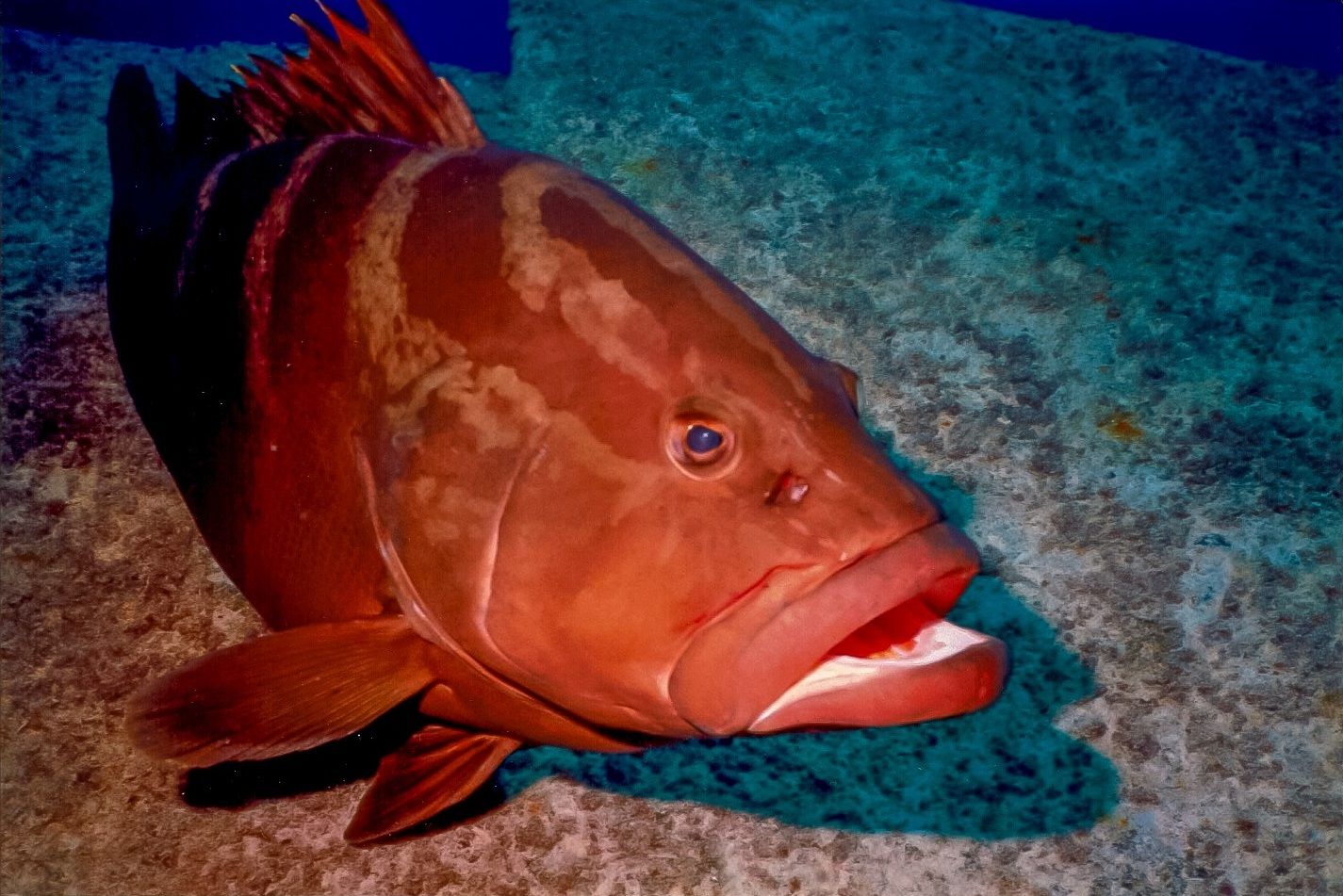Thanks to innovations made in both software and hardware, modern underwater cameras can capture Ultra HD footage, billions of colors, and extreme-resolution photos – and they’re smaller than a bar of soap. We’re talking, of course, about action cameras, such as those from GoPro and DJI. You can also take advantage of the massive power of a mirrorless SLR camera if you pair it with an underwater housing to keep it dry.
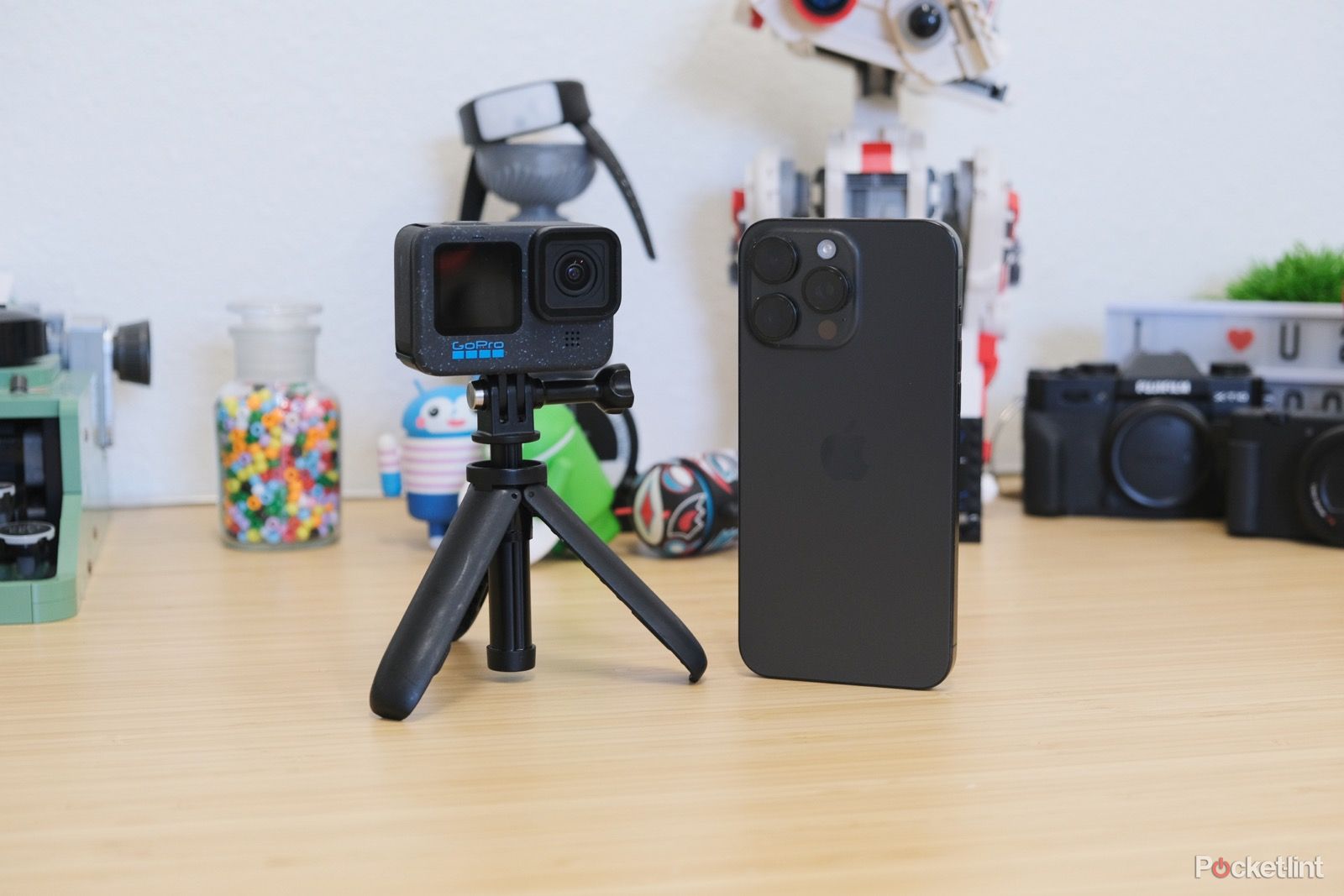
Do you need a GoPro camera if you have a smartphone? We asked GoPro
We sat down with GoPro’s Pablo Lema to discuss the company’s future and its plan for competing with smartphones.
I’ve been in the professional photography business for a long time now, and I’ve learned through experience what to look for in a camera. Underwater cameras are no different. They might be small and built for submersion, but they still have sensors, lenses, video specs, codecs, and autofocus. There’s a lot to consider. To compile this list of the best underwater cameras, I drew from my own professional experience and called upon my fellow camera experts at Pocket-lint. Here, we present our top recommendations.
Best underwater cameras: Our experts’ five favorites
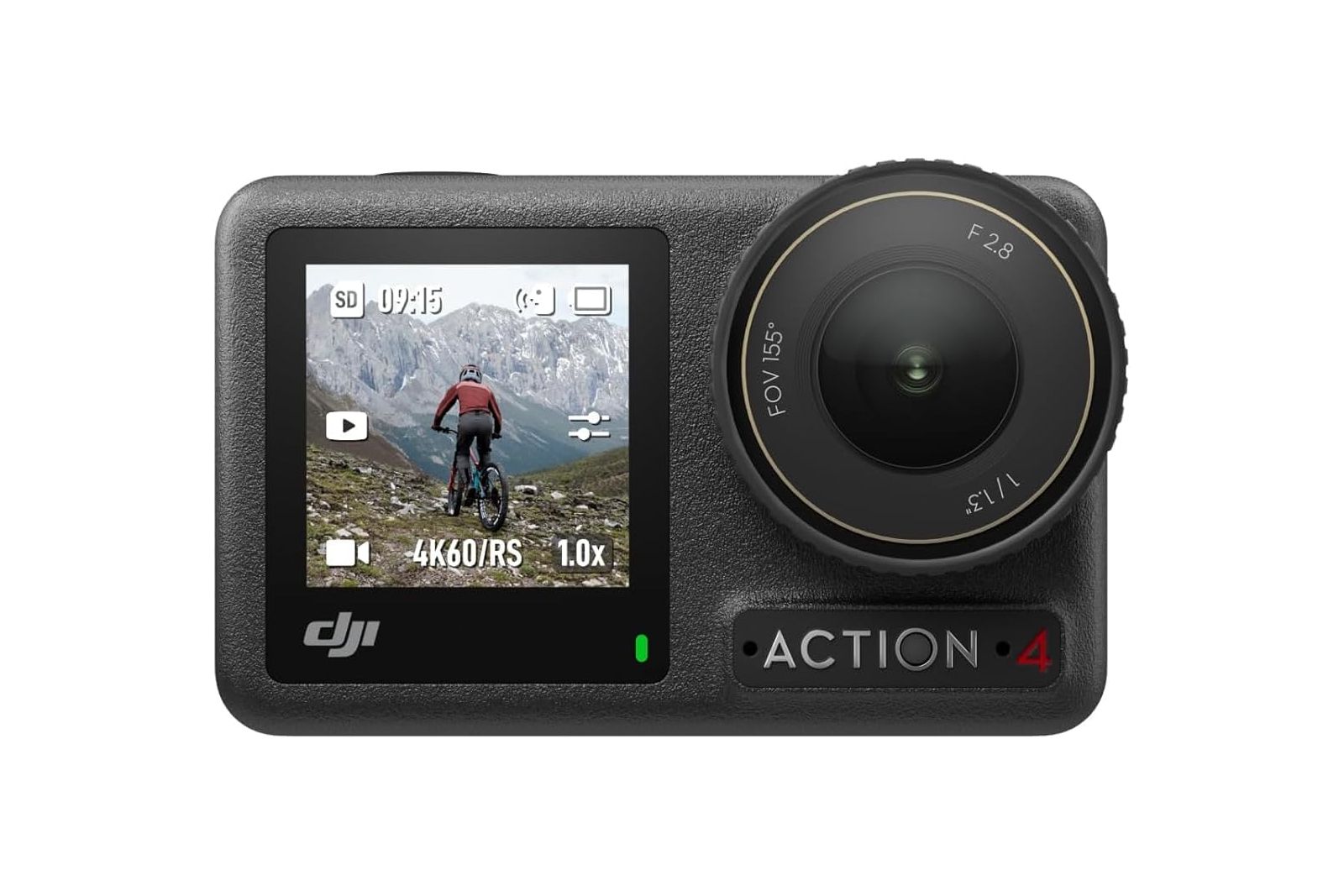
DJI Osmo Action 4
1. Best overall underwater camera
The latest and greatest in underwater camera technology
With improved water resistance, 4K120p video, advanced stabilization, and an accessible price, the DJI Osmo Action 4 sets the gold standard for underwater cameras.
- Amazing low-light performance thanks to the 1/1.3-inch sensor
- Able to shoot in 10-bit D-Log M color profile
- Long-lasting battery life can record 150 minutes of footage
- Great value for the price
- Waterproof up to depths of 18 meters
- More expensive than its predecessor with few upgrades
- It has a bit of a learning curve to master all its functions
The DJI Osmo Action 4 has it all: 4K 120p video, advanced color profiles, a 2.5-hour battery life, and cutting-edge stabilization technology. But what really sets it apart from the competition is its sensor. With an unprecedented size of 1/1.3-inches, it’s capable of capturing color and light information in the shadowy depths of the sea. That’s a huge win for underwater photography, since it means you won’t always need a flash to shoot in low-lighting.
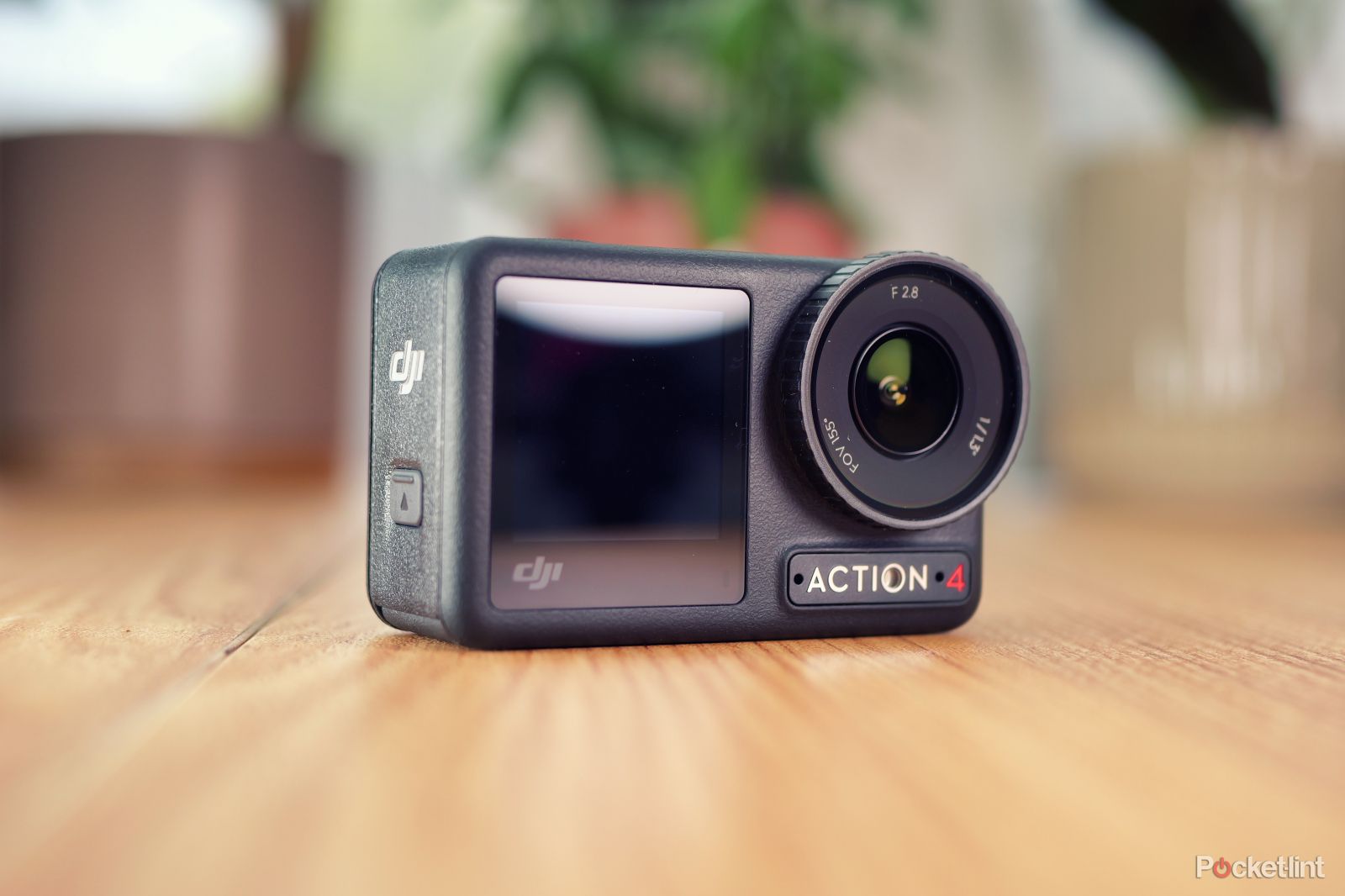
DJI Osmo Action 4 review: The low-light champ
It might look the same as the last one, but it has a much larger sensor inside. Is it worth upgrading?
It’s an action camera, so it’s designed for hands-free shooting. Beyond the initial setup, you really don’t have to do much to achieve gorgeous footage – simply allow the autofocus, auto-white balance, and auto exposure to create their magic. Of course, you can still adjust the settings to your liking, even underwater, since the touchscreen is responsive and intuitive. And for the purists out there, there’s a manual exposure mode, as well.
The DJI Osmo Action 4 can dip below the surface to depths of 18 meters, which is about 59 feet. It also performs exceptionally well in the cold. The battery keeps trucking in sub-zero temperatures, delivering about 150 minutes of recording time. The result is peace of mind as you dive deep, as this thing is built to endure.
With the affordable price and immense power of the DJI Osmo Action 4, it’s hard to recommend anything else for underwater photography and filmmaking. This is truly the cutting-edge, yet it’s easy to use for both beginners and pros. There are a couple of other options worth considering, but the DJI Osmo Action 4 sets the standard.
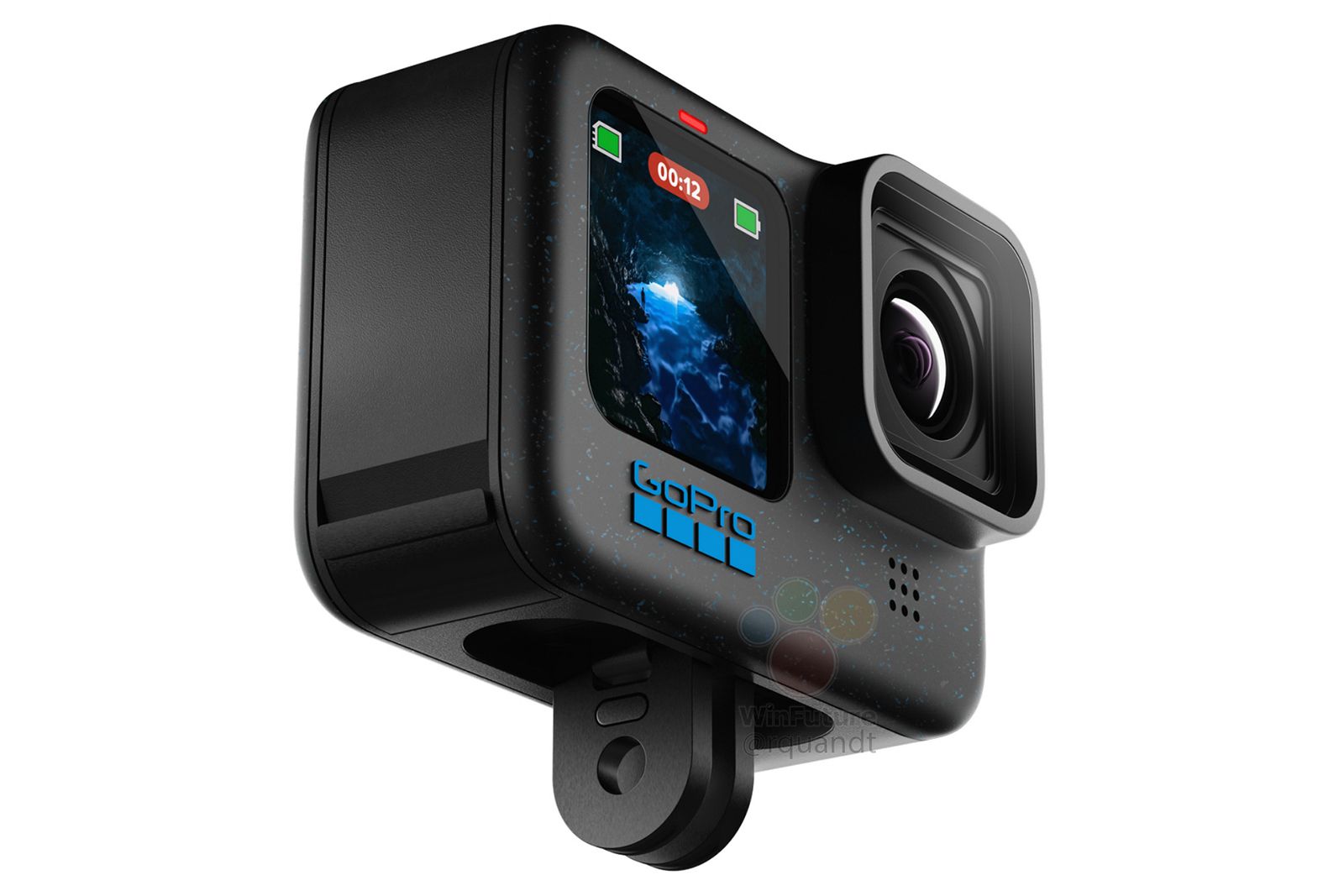
GoPro Hero 12 Black
2. Best under water camera video resolution
The resolution revolution is here, and it’s led by GoPro
$349 $399 Save $50
The GoPro Hero 12 Black boasts a max video resolution of 5.8K60p and a max depth of 10 meters, giving it the power to capture underwater details with stunning sharpness.
- HyperSmooth 6.0 stabilization is the best in the biz
- 10-bit color and GP Log color profile
- Up to 70 minutes of continuous recording
- Improved HDR mode
- Unlike its predecessors, it lacks GPS
- Not a massive upgrade over the more-affordable GoPro Hero 11
The Hero 12 Black is GoPro’s latest flagship, and the focus on video is clear. With a 5.8K60p maximum resolution, 10-bit color, GP-Log, and a new HDR video mode, it heralds in a fresh generation of action cameras. Underwater artists will also appreciate GoPro’s innovations in stabilization. Their updated HyperSmooth 6.0 works wonders to keep fast-moving frames smooth and free of motion blur.
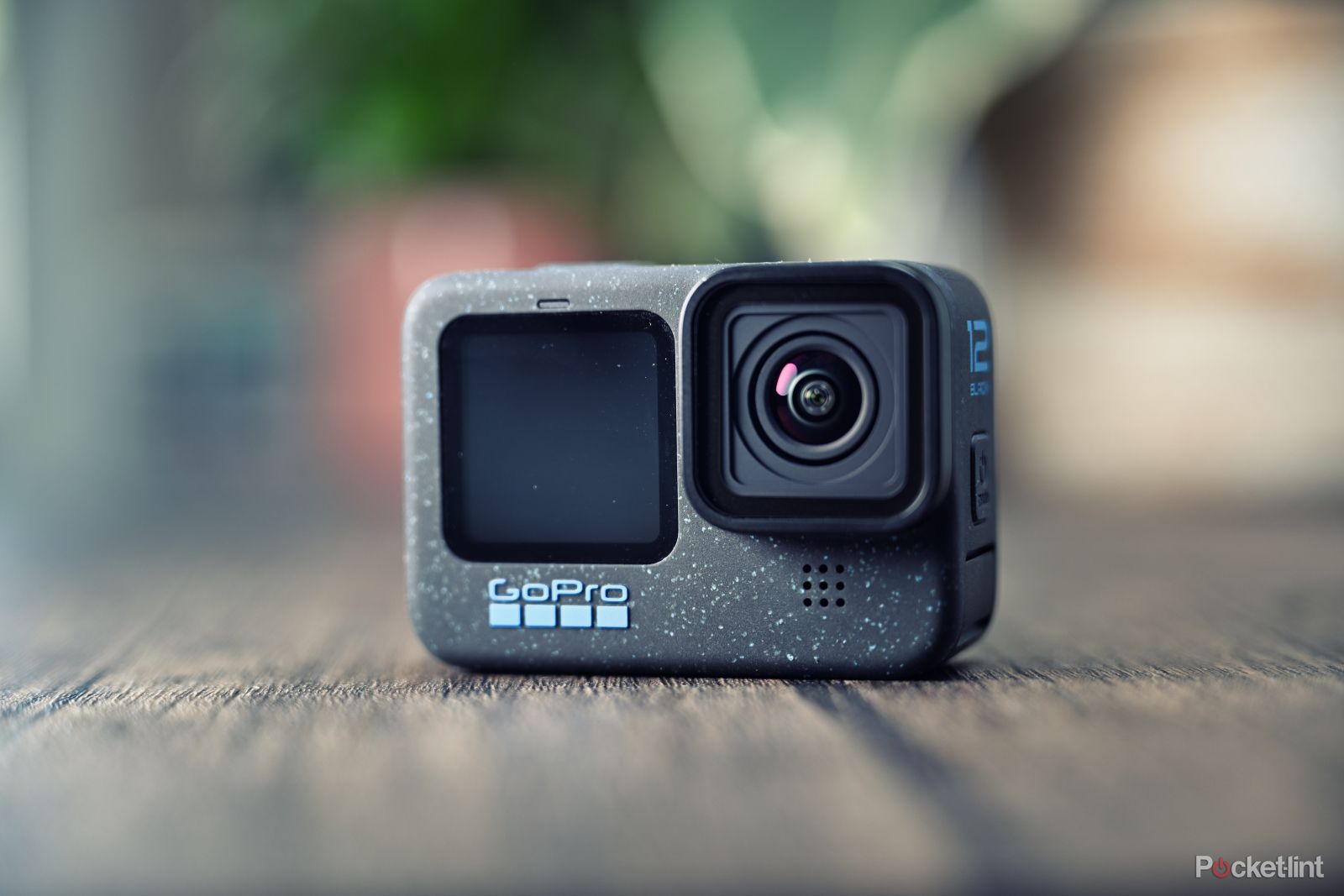
GoPro Hero 12 Black review: The best GoPro yet, but only just
The latest GoPro flagship is a subtle update, has the brand done enough to make it worthwhile?
Pocket-lint’s former camera pro, Luke Baker, said that it was “the best GoPro yet, but only just.” He hedged his praise, since the Hero 12 isn’t drastically different from its predecessor, the Hero 11. However, the upgrades are still noticeable.
This latest model offers a 9:16 aspect ratio, the aforementioned HyperSmooth 6.0, and a significantly stronger battery life. The Hero 11’s Enduro battery can record HD footage for about 2 hours, while the Hero 12’s battery lasts over 2.5 hours. Even more impressive, this new battery is more resistant to cold, so sub-zero temps won’t sap the charge as quickly.
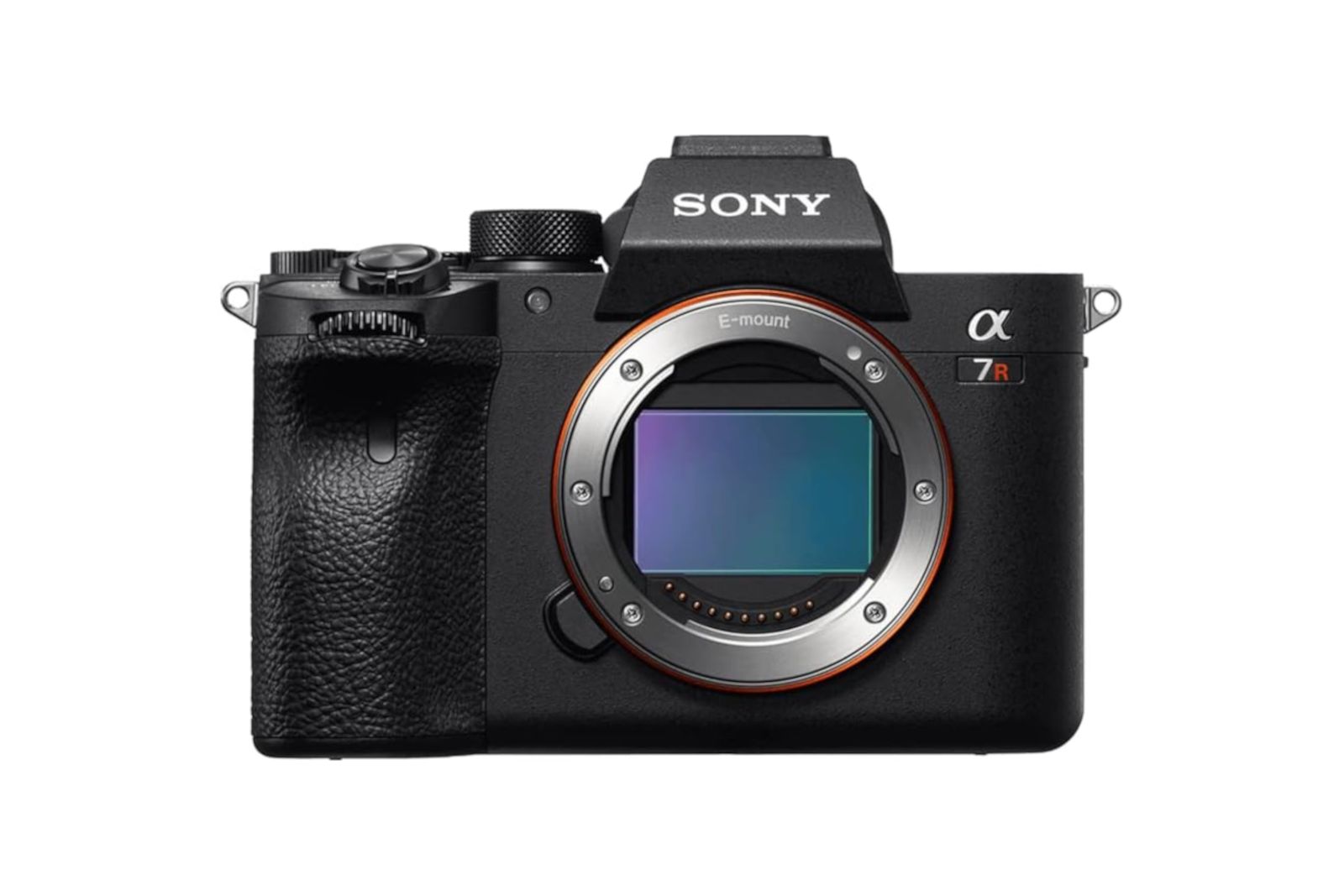
Sony Alpha a7R IV
3. Best full-frame camera to be used with housing
Professional gear for professional shoots
$2998 $3200 Save $202
If a little action camera just won’t cut it, the Sony a7R IV combined with an underwater housing will deliver the pro-level underwater footage you seek.
- 4K video at 30fps
- Incredible hybrid autofocus
- 5-axis SteadyShot stabilization
- 61MP full-frame Exmor R CMOS sensor
- Sony’s infamous battery life is better, but still not great
- Expensive
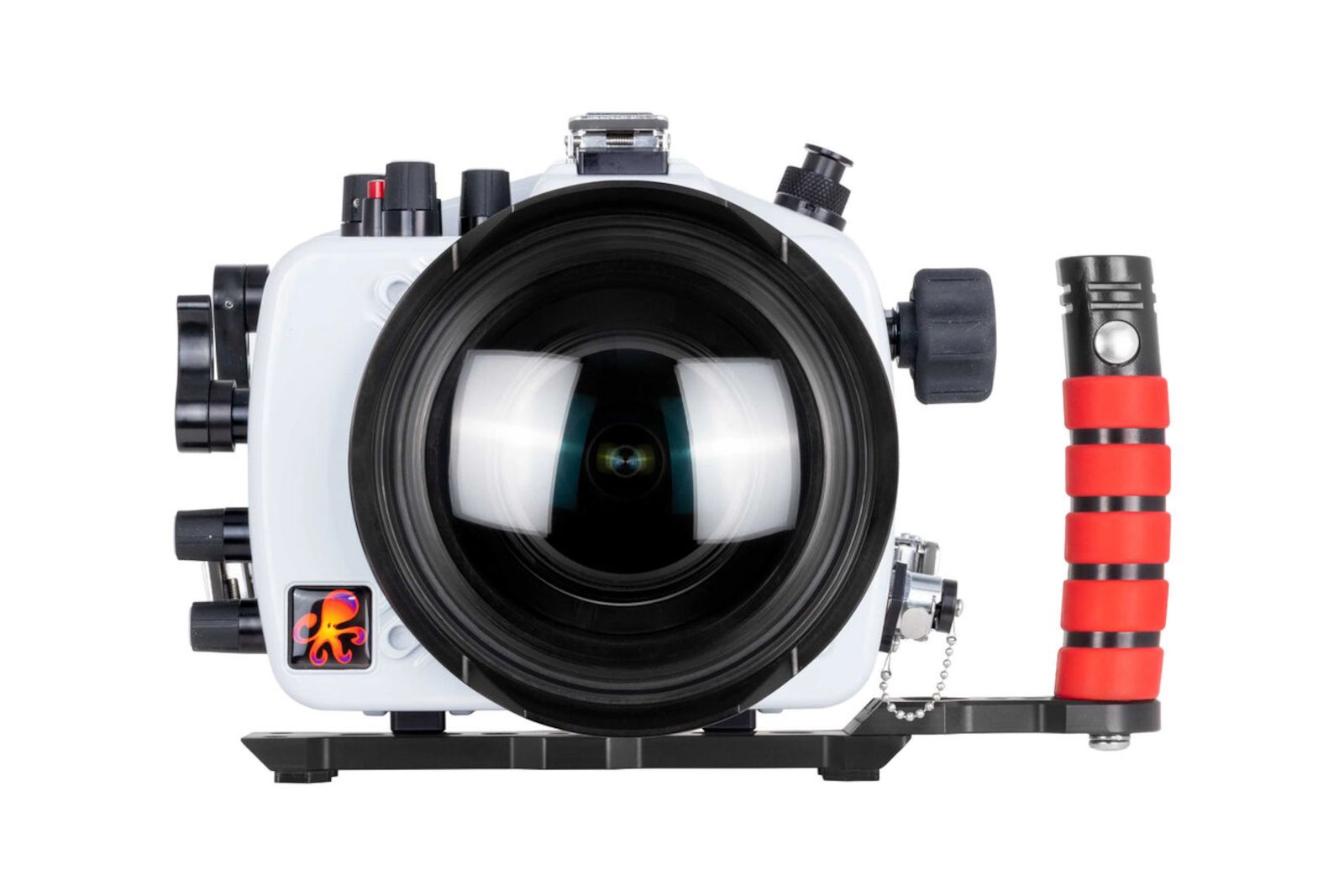
Ikelite 200DL Underwater Housing for a7R IV
Best underwater housing add on
The top protection for your precious gear
- Complete button controls
- Excellent durability
- Easy to use and setup
- Rated for up to 60 meters of depth
- Expensive
- Pretty hefty at 4.7 pounds
We’ve praised the Sony a7R IV before, but its accolades are worth repeating. This full-frame mirrorless powerhouse is capable of 4K video, 61MP photos, and an extremely advanced stabilization technology called SteadyShot. This makes it an amazing camera for underwater shooting, as it can capture stable, sharp footage in super low lighting – no flash required.
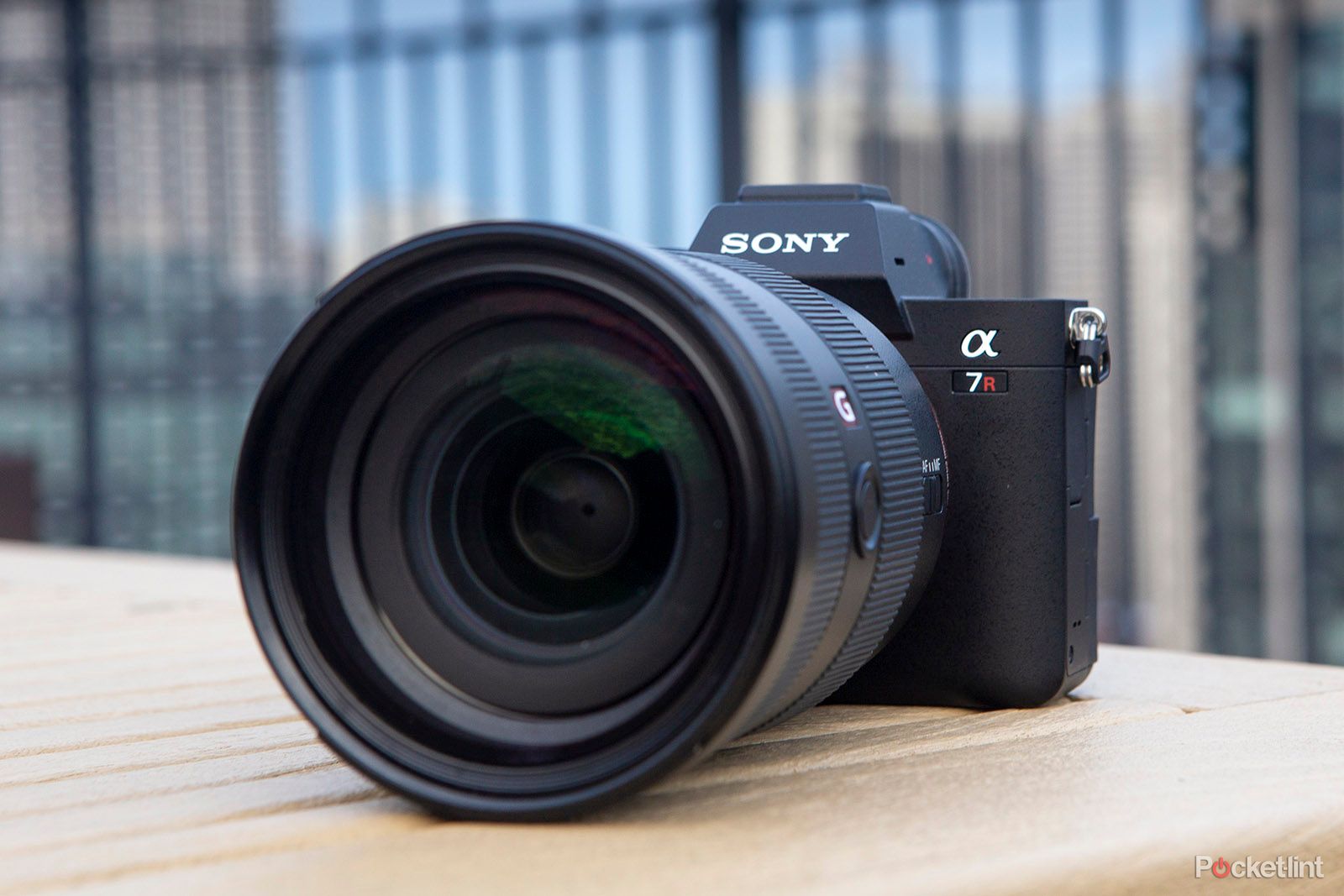
Sony A7R IV review: Here’s to new resolutions
Sony’s ultra-high-res full-frame mirrorless camera sports 61-megapixels. But what’s its overall feature set like and does it trump the MkIII model?
Another huge advantage to utilize for underwater photography is the hybrid autofocus. It uses 567 detection points, combining both contrast and phase detection, to lock its focus quickly and accurately. It works splendidly underwater, and you can also employ intelligent subject-tracking to tap a target and let the autofocus do the rest. It maintains a sharp focus on fast-moving subjects like fish and swimmers, even as they change their distance.
But to use the a7R IV underwater, you’ll need underwater housing. Our favorite is the Ikelite 200DL, which is specifically designed for the a7R IV and the a7R V. (If you need an underwater housing for a different camera model, Ikelite has tons of custom-fitted options.) The 200DL has perfectly-fitted buttons and knobs for adjusting zoom and focus, and the transparent backing gives you full visibility of the screen. Most importantly, the housing is waterproof up to 60 meters, so the peace of mind it brings is worth the premium price tag.
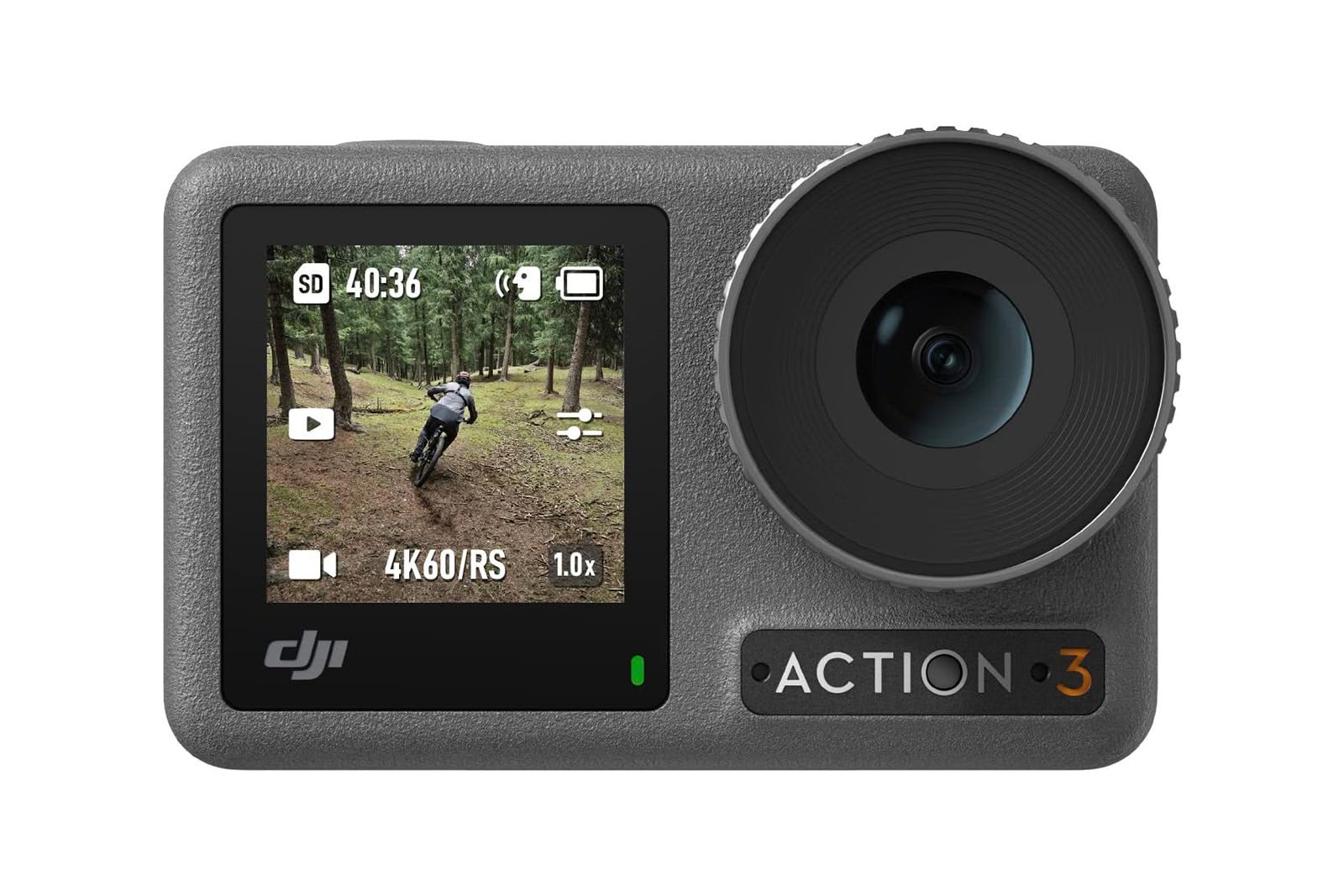
DJI Osmo Action 3
4. Best value underwater camera
A small cost for big returns
$279 $329 Save $50
The DJI Osmo Action 3 may lack a few of the fancy new features of its sequel, but it still holds its own as one of the best action cameras on the market.
- Super lightweight and compact
- Max video resolution of 4K at 120fps
- Combines three stabilization software for smooth video
- Relatively budget-friendly
- 12MP photo resolution isn’t pro-grade
- May require firmware updates for full video capabilities
We picked the DJI Osmo Action 4 as our top overall underwater camera, but its predecessor is almost just as good. Plus, it’s quite a bit cheaper. In fact, when the Pocket-lint team first reviewed the DJI Osmo Action 3, we gave it a nearly perfect score of 4.5 out of 5 stars.
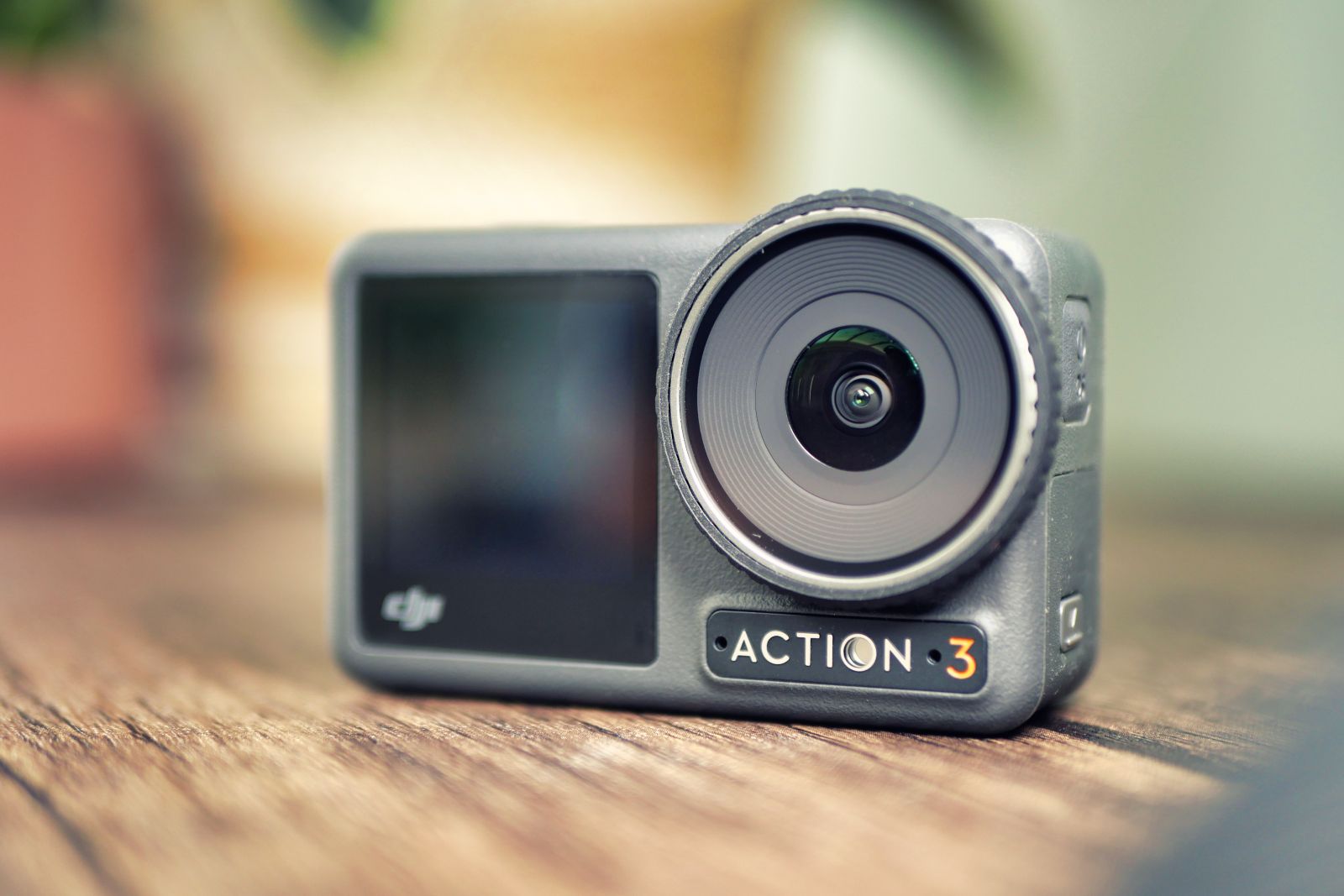
DJI Osmo Action 3 review: Let’s try that again
On paper, the Osmo Action 3 seems like it could prove to be a real rival to GoPro’s market dominance, so we set out to see how it shapes up.
It’s certainly a “real rival to GoPro’s market dominance,” with Wi-Fi live-streaming, a superior battery performance compared to the Hero 11 Black, and a video resolution of 4K/120p. And for underwater explorers, it can reach depths of 16 meters. Where DJI excels is in their user-friendly designs. With two displays, one on the front, one on the back, the Osmo Action 3 gives you complete touchscreen controls.
And they work underwater. You can enable the excellent stabilization modes, such as HorizonSteady, to keep your footage looking smooth, and the 10-bit color recording is there for the taking. The list of impressive specs goes on for a while, so it’s worth checking out. And once you’ve read through all the different strengths of the Osmo Action 3, the price proves to be the cherry on top.
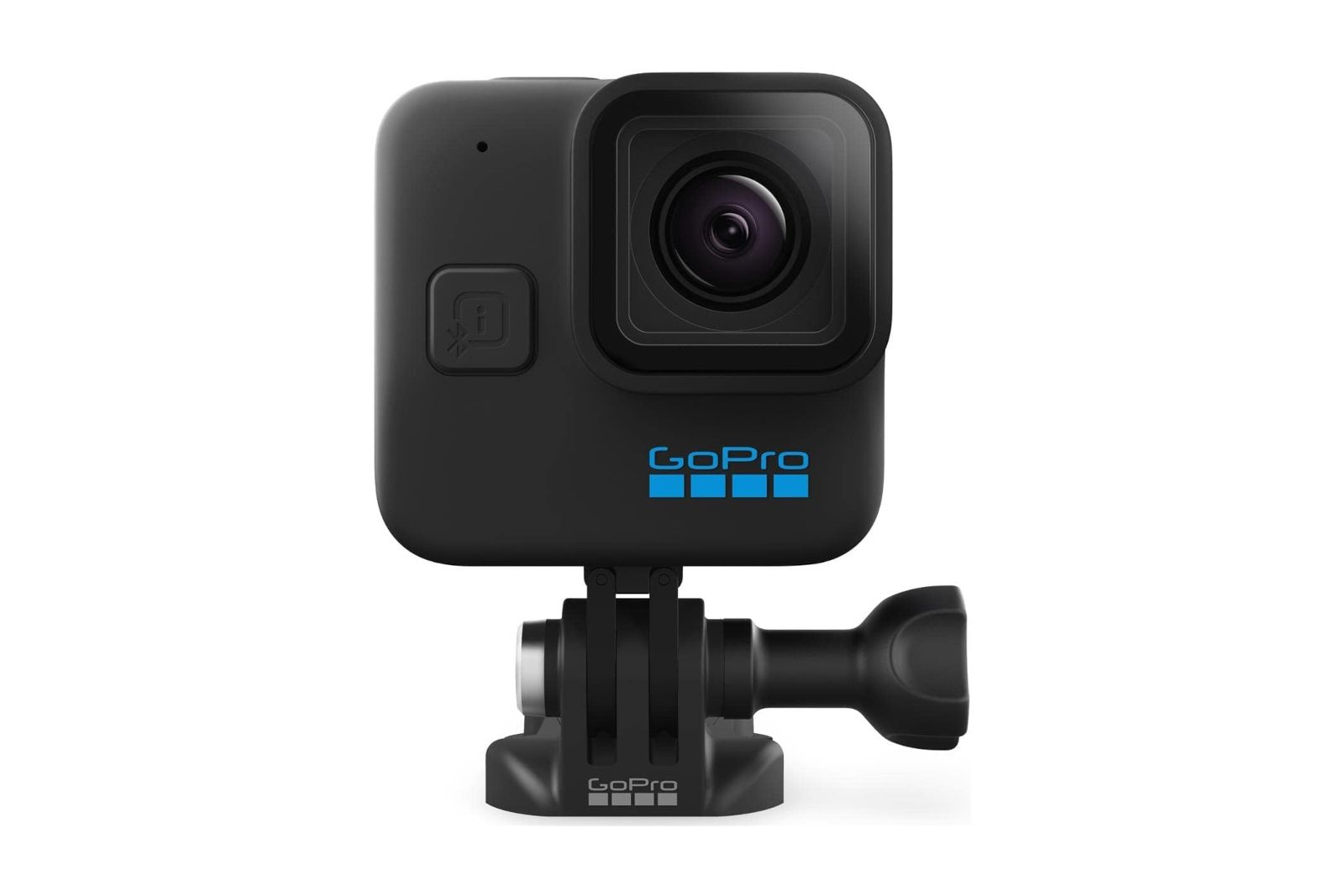
GoPro Hero 11 Black Mini
5. Best super-mini size for underwater video
5.3K video from a camera the size of a matchbox
$249 $299 Save $50
The GoPro Hero 11 Black Mini might be small, but it contains highly advanced hardware that excels in underwater photography.
- Budget-friendly price
- Sharp, gorgeous 5.3K60p video
- Ideal size for wearing as first-person perspective
- HyperSmooth 5.0 stabilization
- No still photo mode; you have to grab screenshots
- No screen, only a basic display on the top
There’s really no rival for the GoPro Hero 11 Black, at least not at this size. This mind-blowingly tiny camera packs a punch, with 5.3K60p video capabilities and a weight of only 4.7 ounces. And for all that tininess, it can still reach underwater depths of up to 10 meters. Add the GoPro protective housing, and it can dive even deeper.
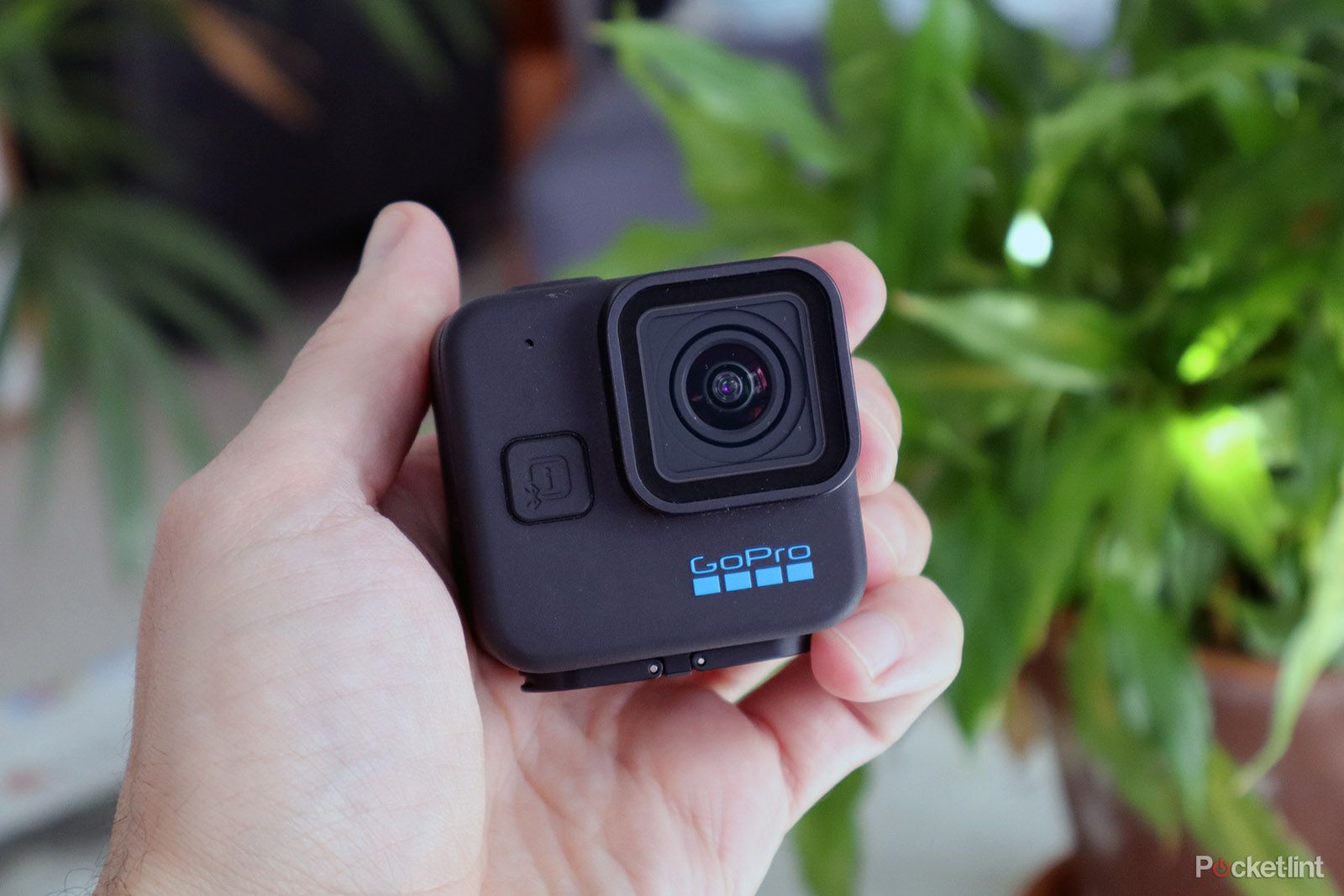
GoPro Hero 11 Black Mini review: Small but mighty
This small, screenless action cam doesn’t skimp on image quality
The GoPro Hero 11 Black isn’t for everyone, since the lack of a screen is a big point of contention. It’s more of a point-and-shoot than a full-fledged pro-level action camera, but the automatic settings deliver amazing footage without a hassle.
If you’re looking for something that you can strap to your chest or forehead, click the record button, and start documenting your underwater adventures, the GoPro Hero 11 Black is the perfect pick. It’s super affordable, too.
The bottom line: What’s the best underwater camera?
We recommend the DJI Osmo Action 3 for its brilliant 4K HDR video and excellent waterproof build. It can handle depths as low as 16 meters, which is more than enough for most dives. Best of all, for all its strengths and advanced features, it comes at an affordable price.
There are other models worth consideration as well. Those that want higher resolutions would do well with the GoPro Hero 12 Black, which delivers an incredible 5.3K60p video resolution and 27MP photos. And for those who simply can’t part with their full-frame mirrorless cameras, an underwater SLR camera housing might be worth the investment. We recommend the Sony A7R IV for this approach, but you can also check out the other custom-fitted underwater housings available on B&H to match your particular camera.
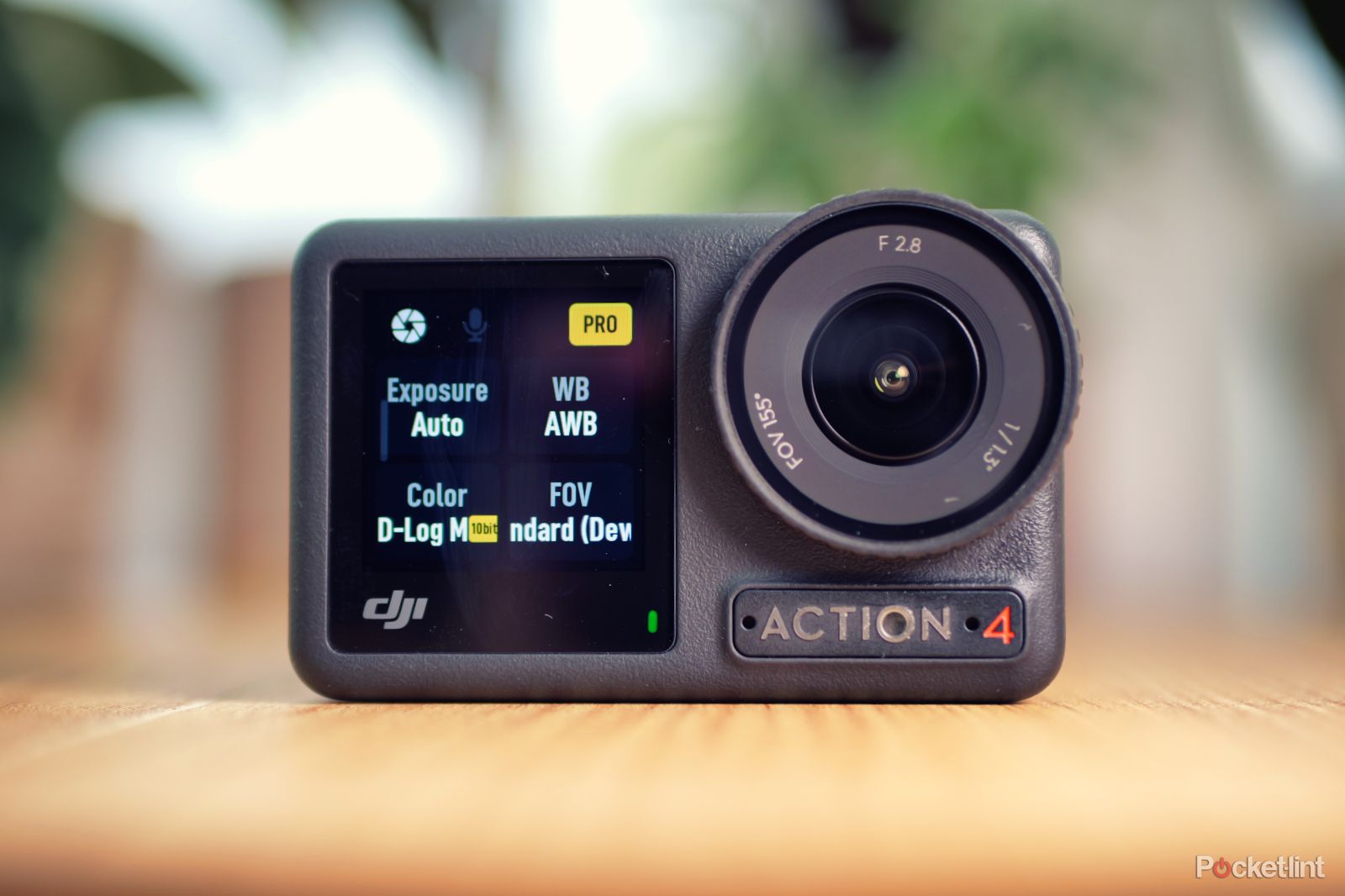
DJI Osmo Action 4
Editor’s Choice
How we chose the best underwater cameras
Our team is composed of photography pros, tech gurus, and A/V experts, and together we came up with the following list of priorities to focus on when looking for an underwater camera.
Waterproofing: This is certainly the most important part of an underwater camera, since you’ll get about one chance to test its underwater performance on your own. It’s sink or swim. Fortunately, the “ingress protection code,” or IP rating, is a standardized system that gives an accurate indication of a product’s degree of waterproofing. Thus, you can look for a camera’s IP code to determine how well-protected it is in water.
The rating is given in two digits in the form IP##. The first indicates the tightness of the camera-body’s seal. For underwater cameras, this value should be the maximum possible rating of 6, which means it’s entirely “dust-tight” and vacuum-tested. The second digit is more important. It’s the waterproof rating, where a value of 7 or higher means the device can be fully immersed in water.
1:02

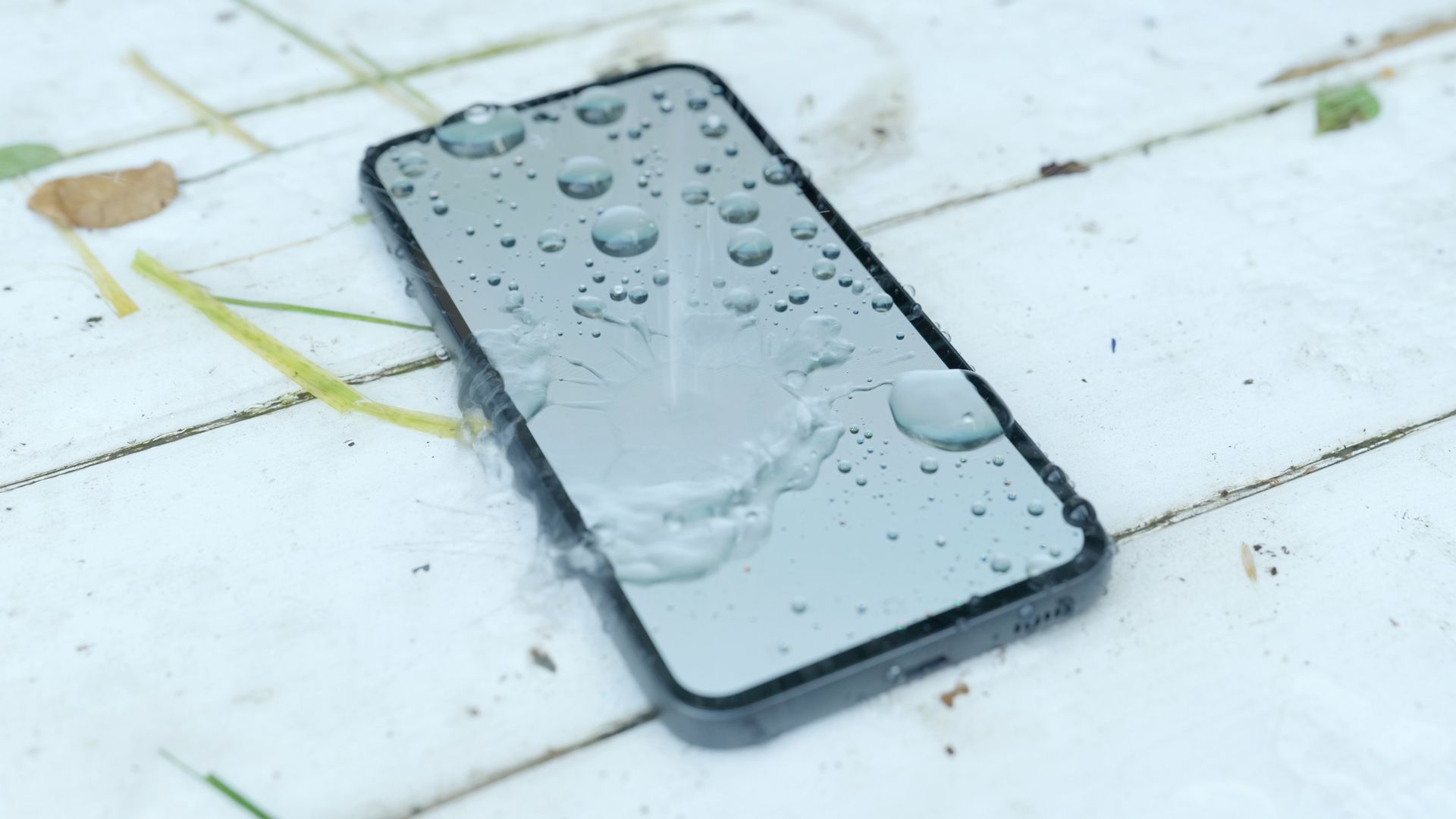
Water and dust IP ratings: What does IP68 actually mean?
Your phones and devices come with a code to tell you how waterproof it is – but what do these codes mean?
Manufacturers will make claims about how deep their cameras can go. Our top pick, the DJI Osmo Action 3, for example, is said to be capable of reaching depths of 16 meters. While these claims aren’t as trustable as the IP code, they’re still worth considering. In fact, it’s likely that most manufacturers are overly conservative in their estimates in order to protect themselves from liability.
Video specs: Today’s cameras are capable of extremely high resolutions and frame rates. We consider 4K to be the minimum, but you should also look at the max possible frame rate. For underwater footage, we recommend frame rates of 60fps and above, since marine life moves fast. Such high frame rates can also be used for slow motion.
Color is another important aspect of underwater video. Contrast and color warmth are greatly diminished under the surface, so this is one of the few camera endeavors where we recommend HDR. You can also check the maximum color depth, such as the DJI Osmo Action 3’s 10-bit color depth, to make sure it’s rich.
Other video specs to look for are stabilization tech and aspect ratio. DJI uses its HorizonSteady technology to reduce motion blur and frame jumps, while GoPro uses HyperSmooth. Both work exceptionally well, and we recommend enabling such stabilizers at all times. For aspect ratio, 16:9 is generally preferred, since it matches the dimensions of most displays.
Photo specs: The first spec to check is the maximum resolution of stills, which is given in MegaPixels (MP). We prefer resolutions of 20MP or higher, since they’re large enough to crop the frame and make edits in post.
You can also take freeze frames from your video footage to take high-quality still images. This is actually much easier than trying to snap a photo at the right moment, since a 4K video at 60fps is effectively the same as burst shooting mode. On the other hand, some cameras have RAW image types, which may provide greater resolution and color information than a frame from a video.
Ease of use: If you’re swimming around, you don’t want to get stuck fiddling with menus and complicated button layouts. Thus, underwater cameras should be easy to use. Most are controlled via a touchscreen, and that touchscreen should work smoothly underwater. This is also a time to enable your automatic exposure, focus, and white balance tech. Ultimately, we want an underwater camera that you can set up before you submerge and leave running while you explore the depths. That also means it should have a good battery life, somewhere in the range of two hours.
Price value: You can score a waterproof action camera with high-quality video capabilities for under $500. They’re also compact, easy to use, and packed with adventure-ready features like image stabilization and HDR. Indeed, the latest generation of action cameras are well-worth their price.
But if you want to take professional footage that looks like you ripped it from the BBC, the price of entry skyrockets. That’s because you’ll not only need a quality camera and lens, but you’ll also have to invest in an underwater housing to keep it dry. Such housing can cost several grand, and settling for a cheap option puts your camera at risk.
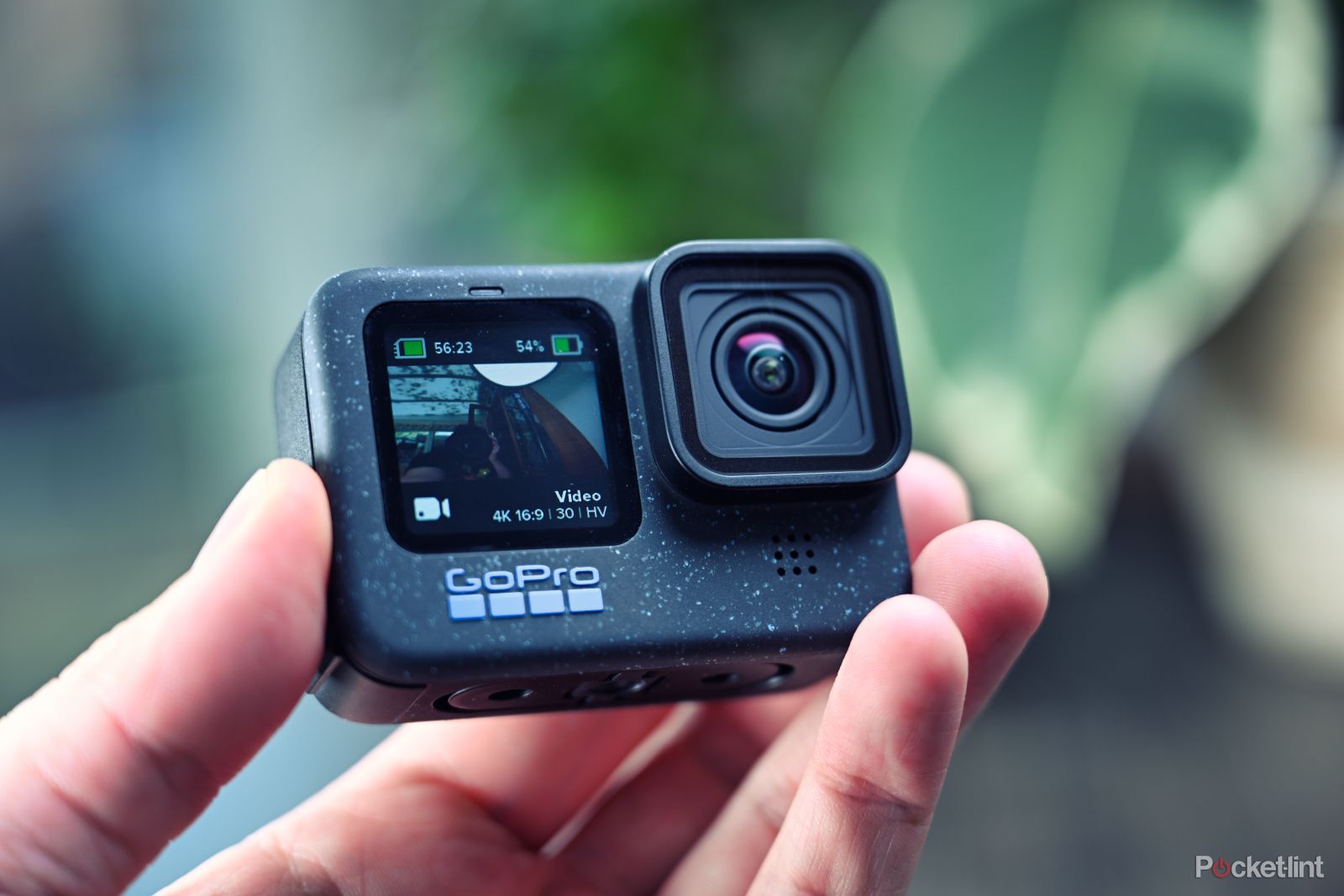
11 tips and tricks to make your GoPro footage more exciting
From holding your camera at the proper angle to tweaking hidden settings, this is how to take your GoPro footage to the next level.
Do I need any accessories to use an underwater camera?
You don’t need accessories, but for action cameras like the GoPro, they can help a lot. Action cameras are small, so they’re hard to control with just your hands. We recommend getting a selfie stick that can handle getting wet. Alternatively, you can try out different mounts, like a head mount or a chest mount. These give a first-person perspective to your footage, and they free up your hands for swimming. You can also add a remote shutter to your kit, so you don’t have to remove the camera from the mount every time you want to start rolling.
Another nifty tool is a remote flash. As you descend in water, it gets dark fast. Use a lightweight and waterproof LED flash bulb to illuminate your subjects. You don’t have to splurge on something super fancy, either, since there are many models out there that are both affordable and effective.
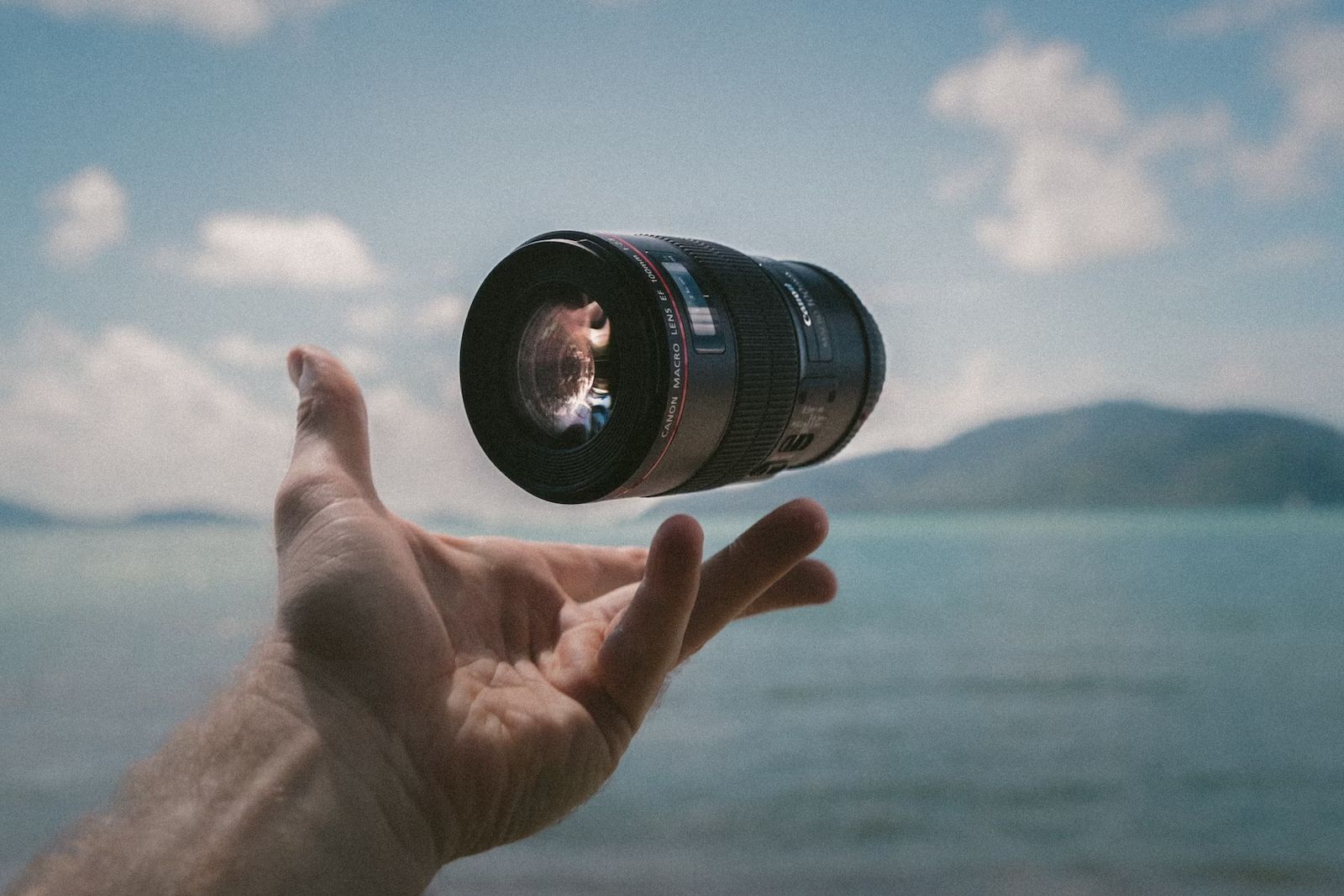
Best camera lenses for taking action shots: Capture those fleeting moments
If you want to snap shots of wildlife, sports, street life, and anything else that passes in a flash, go with a lens built for action.
How can I improve my underwater shots?
Water has a unique effect on light. It absorbs it, of course, but it also warps its path. The result is an increasingly greater loss of brightness, color, and sharpness with distance. Thus, you should try to get as close to your subject as possible to capture all that light information before it gets distorted by the water.
The accessories we mentioned above will help to improve the quality of your underwater photography. A remote flash not only brightens up your subject, but it will also enhance the reflective color patterns of fish scales, marine plants, and other natural hues. My dad is a scuba diver and photographer, and his underwater photos are incredible, which is where I’ve learned a lot of my best tips.
He’s snapped shots of giant groupers lurking among multicolored corals, clownfish peeking out of their anemone abodes, and rainbowfish as they streak through the sea (check out the grouper captured in the ’80s on one of his trips below). But almost equally goliath, were the size of his underwater cameras. From the era of film-stock and incandescent flashes, they were heavy, bulky, and super delicate. Today’s underwater cameras are a whole different breed. But if he could get a beautiful quality photo like the one below on an older, bulkier device, I have faith with these tips, some practice, and a camera like the ones above, you could too.
George Meagher
Trending Products

Cooler Master MasterBox Q300L Micro-ATX Tower with Magnetic Design Dust Filter, Transparent Acrylic Side Panel, Adjustable I/O & Fully Ventilated Airflow, Black (MCB-Q300L-KANN-S00)

ASUS TUF Gaming GT301 ZAKU II Edition ATX mid-Tower Compact case with Tempered Glass Side Panel, Honeycomb Front Panel, 120mm Aura Addressable RGB Fan, Headphone Hanger,360mm Radiator, Gundam Edition

ASUS TUF Gaming GT501 Mid-Tower Computer Case for up to EATX Motherboards with USB 3.0 Front Panel Cases GT501/GRY/WITH Handle

be quiet! Pure Base 500DX ATX Mid Tower PC case | ARGB | 3 Pre-Installed Pure Wings 2 Fans | Tempered Glass Window | Black | BGW37

ASUS ROG Strix Helios GX601 White Edition RGB Mid-Tower Computer Case for ATX/EATX Motherboards with tempered glass, aluminum frame, GPU braces, 420mm radiator support and Aura Sync


